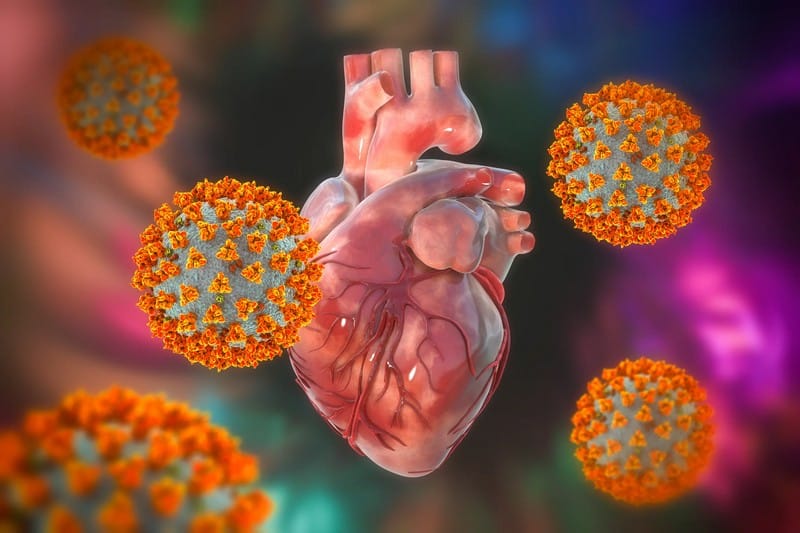Heart Infection

Microorganisms or other irritants entering the heart can result in a heart infection. Most commonly, bacteria and viruses, and less frequently, fungi, are to blame for the infections. The heart can become swollen or injured by a heart infection. A heart infection most typically damages the heart valves, the outer membrane or sac (pericardium), the inner lining (endocardium), and the heart muscle (myocardium).
Heart infections generally fall into three categories. These infections of the heart include endocarditis, myocarditis, and pericarditis. Infection of the heart valve lining is known as endocarditis. It is also known as infective endocarditis or bacterial endocarditis. Myocarditis is an inflammation of the heart muscle, whereas pericarditis is an infection of the sac that covers the outside of the heart.
The source and severity of a heart infection’s symptoms will determine how it should be treated. Healthcare professionals frequently use medication to treat heart infections. Treatments for heart infections may include antifungal drugs, antibiotics, corticosteroids, heart medication, and nonsteroidal anti-inflammatory drugs (NSAIDs).
Individuals with serious heart infections may require heart surgery if other treatments are unsuccessful. A specific procedure may be necessary depending on the type of heart infection. Heart valve surgery or a heart transplant may be required for the most severe infections.










